Lee Ann Meriwether’s journey is a testament to the power of resilience, reinvention, and quiet strength. In 1955, what began as a spontaneous decision to enter a local beauty pageant turned into a career spanning over six decades, touching nearly every corner of American entertainment—from television and film to theater and humanitarian work. Behind the glamour, though, was a woman determined to be known not just for her beauty, but for her depth, talent, and enduring heart.

A Sudden Crown: From Drama Student to Miss America
In the mid-1950s, Meriwether was a young drama student at City College of San Francisco. She entered the Miss San Francisco competition almost on a whim, never imagining it would lead to national fame. After winning Miss California, she went on to be crowned Miss America 1955 in the first-ever televised pageant—a moment that catapulted her into the public eye overnight.
What made her stand out wasn’t just her striking appearance but her choice of talent: a dramatic monologue from Synge’s Riders to the Sea. While most contestants opted for musical or dance performances, Lee showcased her acting abilities with a performance full of emotional nuance. Even as a beauty queen, she refused to be boxed in. She was already telling the world she was more than just a title.
The crown came with opportunities: national exposure, scholarship money, celebrity encounters, and even a brief romantic link to baseball legend Joe DiMaggio. But even as the spotlight intensified, Meriwether stayed grounded. She had bigger plans than simply enjoying her Miss America fame.
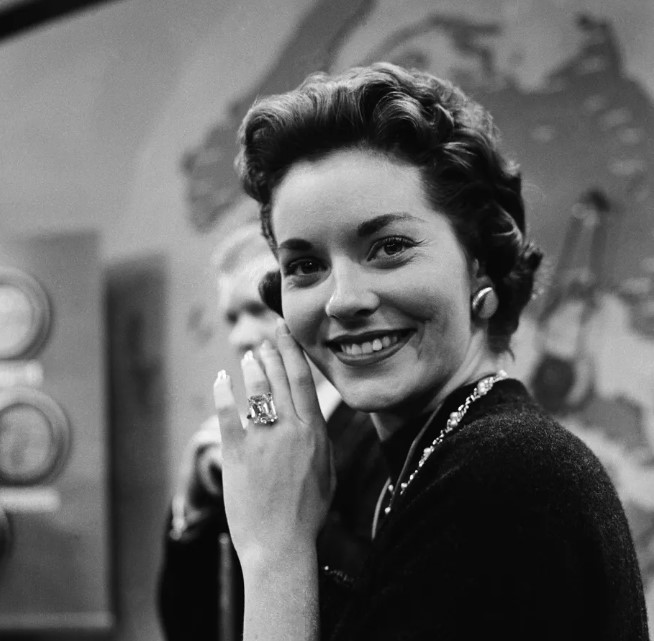
Breaking Into Hollywood
After her reign, Lee pivoted quickly to broadcasting, becoming a regular on The Today Show as a reporter. But her real dream was to act, and she pursued it with focus and discipline. Using her scholarship funds, she studied acting under renowned coach Lee Strasberg. She trained not only in performance but in singing and even fencing—honing the wide-ranging skillset that would later define her career.
By the late 1950s, Lee was landing television roles and soon found her way into film. Early appearances in shows like The Philco Television Playhouse and the sci-fi movie 4D Man set the stage for what would become a long and respected acting career.
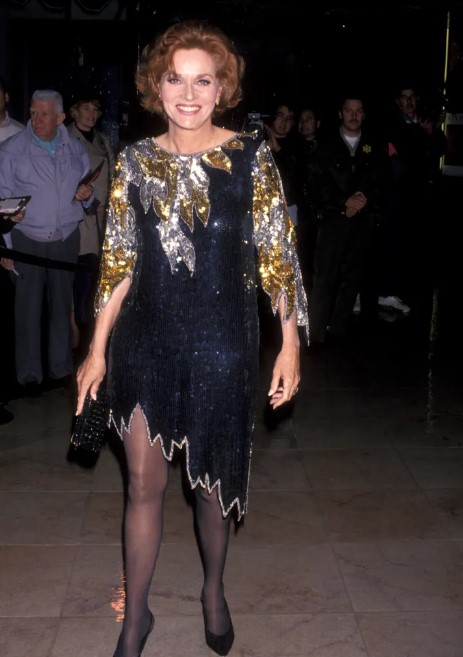
The Catwoman Era and a Steady Rise
Lee’s big pop-culture breakthrough came in 1966, when she was cast as Catwoman in the feature film version of Batman, replacing Julie Newmar. She brought her own signature blend of wit, strength, and allure to the role—cementing her image as both classy and cool.
That same year, she was cast in The Time Tunnel, a sci-fi adventure series that earned her further attention from both audiences and critics. Throughout the ’60s and ’70s, she appeared in dozens of television series—Mission: Impossible, Star Trek, The Man from U.N.C.L.E., and The Fugitive, among many others—proving she could adapt to any genre.
But it was her role on Barnaby Jones from 1973 to 1980 that became her most enduring television legacy. As Betty Jones, she balanced warmth and intelligence, working alongside Buddy Ebsen in a crime-solving duo that won the hearts of millions. Her performance earned her two Golden Globe nominations and an Emmy nomination, solidifying her place in the television pantheon.
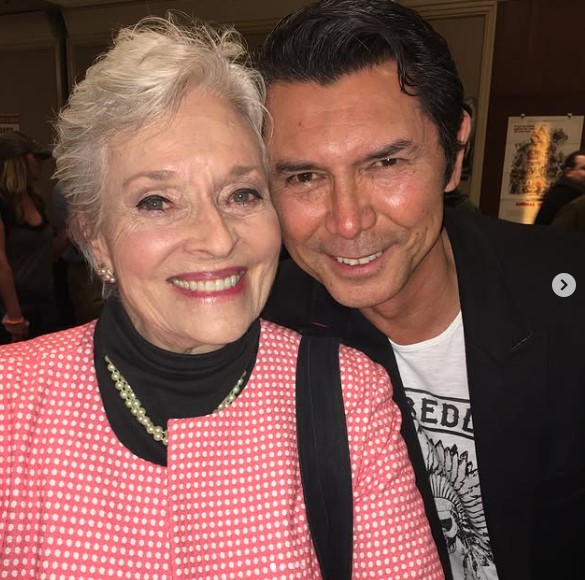
Love, Family, and Personal Milestones
Off-screen, Lee’s personal life was equally rich. In 1958, she married actor Frank Aletter. Together they had two daughters: Kyle and Lesley. Both inherited their mother’s love for performance—Kyle pursued acting and the stage, while Lesley found her calling as a stunt double.
Though Lee and Frank divorced in the 1970s, her bond with her daughters remained one of the great constants of her life. In 1986, she found lasting love again with actor Marshall Borden, whom she married and later performed with on stage. Their relationship reflected a deep mutual respect and shared love for the craft.
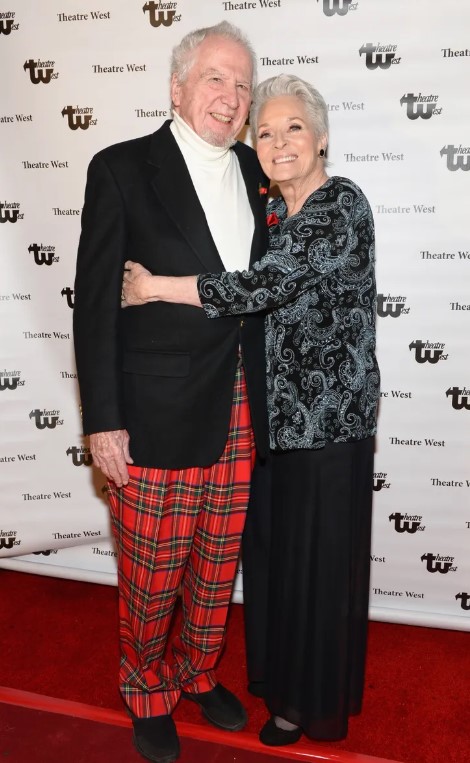
Heartbreak and Resilience
In her later years, Meriwether faced profound personal challenges. Both she and her daughter Kyle were diagnosed with Alzheimer’s disease—a cruel twist of fate that would test the strength of their family. Kyle handled her diagnosis with courage and humor, determined to spend her remaining time making memories with her mother. Her passing in 2024 was a deep loss for Meriwether, who grieved privately but gracefully.
Despite the heartbreak, Lee continued to engage with the world around her. She supported numerous causes—cancer research, mental health advocacy, animal welfare, and organizations serving individuals with disabilities. Her work off-screen was marked by the same compassion and integrity that defined her career.
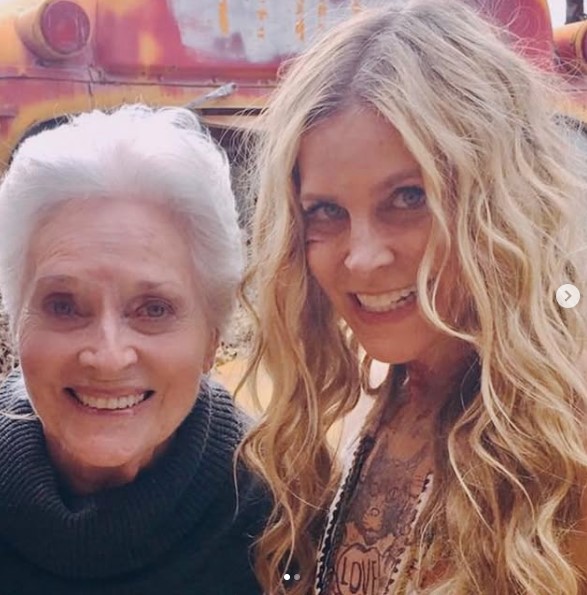
Legacy, Laughter, and Longevity
Now in her late 80s, Lee Meriwether remains an icon not only of beauty, but of substance. She continues to perform when opportunities arise, including a one-woman show that allows her to share her story in her own words. She credits her graceful aging to good genes, healthy living, and laughter. “Don’t stop moving,” she once said. “And don’t stop loving what you do.”
Her legacy isn’t just defined by her time in front of the camera. It’s defined by her versatility, her humility, and her refusal to be typecast—either by Hollywood or by life itself. From Miss America to Catwoman, from crime-solving partner to devoted mother, Lee Meriwether’s life is a reminder that grace isn’t just about how you enter the spotlight—it’s about how you carry yourself when no one’s watching.
Conclusion
Lee Meriwether’s story is one of evolution, resilience, and reinvention. She took a crown and turned it into a career. She took a challenge and turned it into purpose. She took heartbreak and turned it into quiet strength. Few stars shine for decades—but Lee Meriwether has done so with elegance, kindness, and undeniable talent.